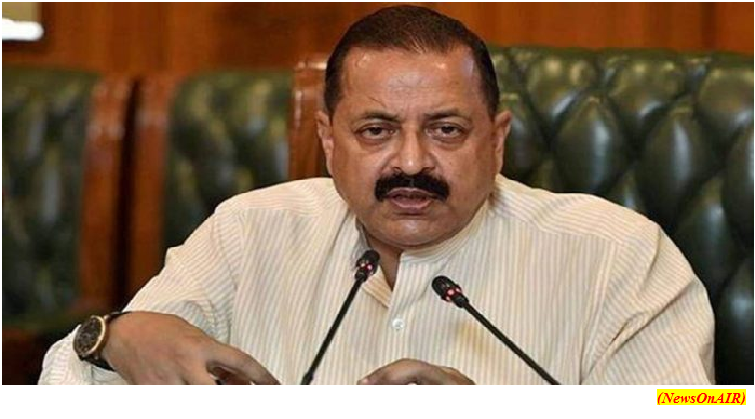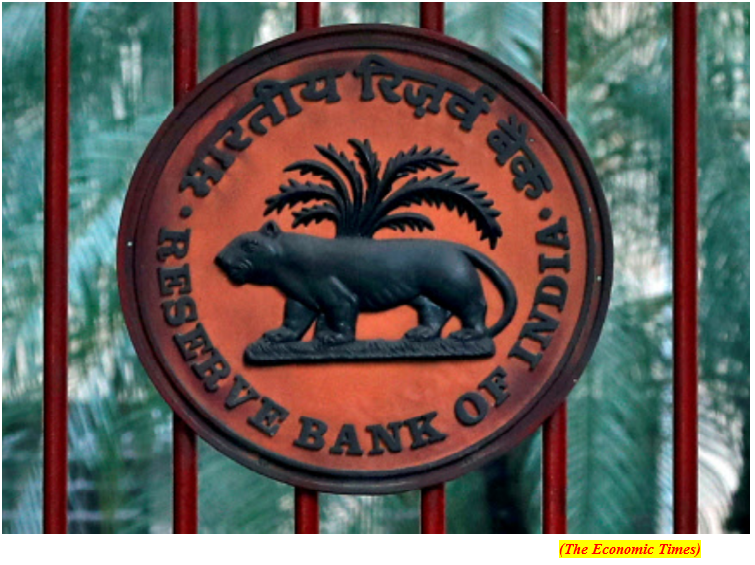Union Minister Dr Jitendra Singh says, Governance reforms introduced by Prime Minister Narendra Modi provide enabling environment for working women (GS Paper 2, Governance)

Why in news?
- Recently, the Union Minister of Personnel, Public Grievances & Pensionssaid that the Governance reforms introduced by Prime Minister Narendra Modi provide enabling environment for working women.
- Briefing about several measures undertaken by the Ministry of Personnel, DoPT has taken concerted efforts to increase the representation of women in Central Government jobs and to provide them a balance between professional as well as family life.
Child Care Leave (CCL):
- In continuation of grant of 730 days Child Care Leave (CCL), some new measures have also been taken and those are like an employee on Child Care Leave may be permitted to leave headquarters with the prior approval of appropriate competent authority, the Leave Travel Concession (LTC) may be availed, while an employee is on CCL and can also proceed on foreign travel provided clearances from appropriate competent authorities are taken in advance.
- Moreover, minimum period for Child Care Leave reduced from mandatory 15 days to 5 days and the limit of 22 years in case of disabled child for the purpose of a government servant availing Child Care Leave under the provisions of Rule 43-C of the CCS (Leave) Rules, 1972 has been removed.
- Special Allowance @ Rs.3000/- p.m. to Women employees with Disability has been granted for child care with effect from 01st July, 2022, which will increase by 25% on increase of DA by 50%.
- Special Leave provision made connected to inquiry of sexual harassment, as leave up to a period of 90 days can be availed by an aggrieved female Government Servant, which will be granted during the pendency of the inquiry and the leave granted to the aggrieved female Government Servant under this rule shall not be debited against the leave account.
Leave in case of emotional trauma:
- Keeping in view the potential emotional trauma caused due to stillbirth or death of a child soon after birth, which has a far-reaching impact on the mother's life, it has now been decided to grant a Special Maternity Leave of 60 days to a female Central Government Servant in case of death of a child soon after birth / stillbirth.
Special provisions:
- Even during entire COVID period, special provisions for women officers and staffs made through various OMs like provision for attendance as per roster / skeletal staff and Pregnant employees were exempted for roster and allowed to “Work from Home”.
- As per a recent OM wherein a divorced daughter, in whose case a decree of divorce was issued after the death of her parents, will be eligible for family pension if the divorce petition was filed before death of the parents.
- Similarly, the families of missing employees covered under NPS can now get family pension within 6 months of lodging FIR and not wait for 7 years after which employee considered deemed dead.
- Even in cases where the Government servant dies before completing a service of 7 years, family pension shall be payable to the family at enhanced rate of 50% of last pay for first 10 years and thereafter @ 30% of last pay.
Beyond Ben Franklin, scientists change the path of lightening using lasers
(GS Paper 3, Science and Tech)
Why in news?
- Researchers recently succeeded in using a laser aimed at the sky from atop Mount Santis in northeastern Switzerland to divert lightning strikes.

Background:
- It was Benjamin Franklin who first demonstrated the connection between lightning and electricity in 1752, and his work remains the guiding principle when it comes to taming electricity.
- Lightning is a high-voltage electrical discharge between a cloud and the ground, within a cloud, or between clouds.
Recent research:
- Researchers at the Ecole Polytechnique's Laboratory of Applied Optics in France are trying to improve on the experiment by designing a system employing a high-powered laser that may revolutionise lightning protection.
- They successfully diverted lightning strikes by using a laser aimed at the sky from atop Mount Santis in northeastern Switzerland.
How experiment was conducted?
- The laser device is the size of a large car and weighs more than 3 tons. It uses lasers from the German industrial machine manufacturing company Trumpf Group.
- The system was placed on the mountaintop at an altitude of about 2,500 meters and was focused on the sky above a 400-foot-tall transmission tower belonging to telecommunications provider Swisscom.
- Scientists fired intense laser pulses about 1,000 times per second to redirect the lightning strikes. In the first instance, the researchers used two high-speed cameras to record the redirection of the lightning's path by more than 160 feet (50 meters). Three others were documented with different data.
Lightning rods:
- When very high-power laser pulses are emitted into the atmosphere, filaments of very intense light form inside the beam. These filaments ionise the nitrogen and oxygen molecules in the air, which then release electrons that are free to move. This ionised air, called plasma, becomes an electrical conductor.
- This concept, first proposed in the 1970s, has worked in laboratory conditions, but until now not in the field.
- Lightning rods, dating back to Franklin's time, are metal rods atop buildings, connected to the ground with a wire, that conduct electric charges that lightning strikes harmlessly into the ground. Their limitations include protecting only a small area.
Way Forward:
- Further research and development into the system could safeguard critical infrastructure including power stations, airports, wind farms, and launchpads.
- Lightning inflicts billions of dollars in damage on buildings, communication systems, power lines, and electrical equipment annually while also killing thousands of people.
Why has RBI warned states against old pension scheme?
(GS Paper 3, Economy)
Why in news?
- The Reserve Bank of India (RBI) has cautioned states against reverting to the old pension scheme (OPS), which was in vogue till 2004, stating that it will add to the fiscal burden of States in the coming years.
- RBI says OPS, instead of the National Pension Scheme (NPS) will lead to the accumulation of liabilities which can become a major risk in the future.

What did RBI say about the old pension scheme?
- Asignificant risk looming large on the subnational fiscal horizon is the likely reversion to the old pension scheme by some states.
- As per the Budget estimates for 2022-23, states are expected to incur a 16 per cent rise in pension expenditure at Rs 463,436 crore in 2022-23 as against Rs 399,813 crore in the previous year, the RBI said.
- The compounded annual growth rate (CAGR) in pension liabilities for the 12 years ended FY22 was 34 per cent for all the state governments.
Why are more states going for OPS?
- The RBI warning has come after more states joined the queue to bring back OPS instead of the National Pension Scheme (NPS). After Rajasthan, Chhattisgarh, Jharkhand and Punjab, Himachal Pradesh has announced its intention to opt for OPS.States have found it convenient to pay old pensioners with the money collected from the serving employees.
- Under the OPS, retired employees received 50 per cent of their last drawn salary as monthly pensions. OPS is considered fiscally unsustainable, and state governments do not have the money to fund it. OPS had no accumulated funds or stock of savings for pension obligations and hence was a clear fiscal burden.
- Interestingly, the scheme is always an attractive dispensation for political parties as the current aged people can benefit from it even though they may not have contributed to the pension kitty.
Old pension scheme vs NPS:
- An old pension scheme (OPS), commonly known as the PAYG scheme, is defined as an unfunded pension scheme where current revenues fund pension benefits.
- Under this scheme, the contribution of the current generation of workers was explicitly used to pay the pensions of existing pensioners.
- OPS involved a direct transfer of resources from the current generation of taxpayers to fund the pensioners.While the PAYG scheme was in vogue in most countries before the 1990s, it was discontinued given the problem of pension debt sustainability, an ageing population, an explicit burden on future generations and the incentive for early retirement (as the pension is fixed at the last drawn salary).
NPS:
- NPS is a defined contribution pension scheme. NPS enables an individual to undertake retirement planning while in employment. With systematic savings and investments,
- NPS facilitates the accumulation of a pension corpus during their working life. NPS is designed to deliver a sustainable solution of having adequate retirement income in old age or upon superannuation.
- NPS is mandatory for central government employees joining services on or after January 1, 2004, and almost all state governments have adopted it for their employees.
- NPS, regulated by the Pension Fund Regulatory and Development Authority (PFRDA), is a contributory pension scheme under which employees contribute 10 per cent of their salary (Basic + Dearness Allowance).
- The government contributes 14 per cent towards the employees’ NPS accounts.




